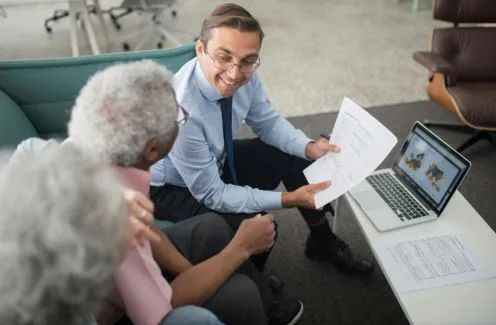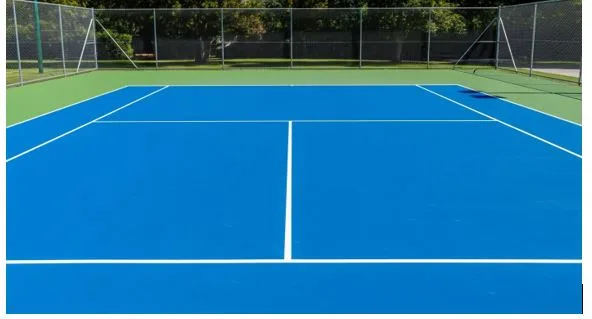Will AI Replace Manual SOAP Note Documentation Completely?
In healthcare, SOAP notes [Subjective, Objective, Assessment, and Plan] are more than just paperwork. They are the backbone of clinical documentation, influencing patient care, compliance, and communication between providers. Yet, they have historically been a time-consuming and sometimes error-prone process when done entirely by hand.
That’s why most clinicians now generate SOAP notes with AI to capture encounters faster and with fewer omissions, without sacrificing clinical judgment.
The Rise of AI in Clinical Documentation
In the last five years, the adoption of artificial intelligence in healthcare has accelerated beyond predictive analytics and diagnostics. Documentation has become one of AI’s most promising frontiers, with platforms now able to record, transcribe, and organize patient encounters in real time.
Modern AI-powered documentation tools don’t just transcribe speech; they interpret clinical context, structure notes according to SOAP format, and even integrate them directly into the electronic health record (EHR).
For example, solutions like an AI-driven SOAP note generator can capture the entire patient-provider conversation, extract key details, and produce a polished note—often within minutes.
By automating these repetitive steps, AI not only saves clinicians valuable time but also reduces the risk of omissions that could impact care quality.
Why Manual Documentation Still Exists
Despite these advancements, manual SOAP note documentation hasn’t disappeared yet. There are a few reasons for this:
- Trust and Accuracy Concerns – Clinicians want to be certain that AI has captured nuanced patient information correctly.
- Regulatory Compliance – Some organizations still require manual verification or editing before notes become part of the official record.
- Specialized Cases – Complex or sensitive consultations may require judgment calls that AI isn’t yet equipped to make without human review.
For many providers, AI-generated SOAP notes are a starting point—a draft to refine—rather than a final product.
The Benefits of AI Over Manual Notes
Even if AI doesn’t fully replace manual documentation immediately, the benefits are too substantial to ignore.
- Time Savings – AI can cut documentation time from 10–15 minutes per patient to less than two. Across a full clinic day, that’s hours reclaimed for patient care.
- Consistency and Standardization – AI ensures the same structure and thoroughness every time, making records easier to review and audit.
- Integration with Other Systems – Advanced platforms such as Murphi AI integrate seamlessly with EHRs, billing tools, and regulatory workflows, meaning data flows directly into all necessary systems without redundant entry.
- Reduced Burnout – The administrative load on healthcare professionals is a major contributor to burnout. Automating SOAP notes is one way to alleviate that strain.
Will AI Eventually Replace Manual SOAP Notes?
The short answer: not entirely—at least not soon.
What’s more likely is a hybrid model where AI handles 80–90% of the work, and clinicians review and adjust as needed. The role of the provider shifts from note-taker to note-verifier, ensuring accuracy while freeing them from the burden of repetitive typing.
Over time, as AI systems become more sophisticated and gain the trust of regulators, healthcare organizations, and practitioners, we may see manual SOAP note documentation fade into a niche practice. However, healthcare is inherently human-centered. Complete removal of the clinician’s oversight is unlikely, given the stakes involved in patient care.
Overcoming Barriers to Full Adoption
For AI-generated SOAP notes to fully replace manual processes, a few key challenges must be addressed:
- Improved Contextual Understanding – AI must capture not just facts, but subtleties like patient tone, emotional state, and implied concerns.
- Interoperability Standards – Even the most advanced AI tool must work seamlessly with multiple EHRs and care coordination platforms.
- Provider Training – Clinicians need to trust the AI process, which requires both education and hands-on experience with the tools.
- Regulatory Alignment – Legal frameworks around documentation standards must evolve to embrace AI-generated records as fully compliant without additional manual input.
What the Future Holds
As natural language processing and healthcare-specific AI models improve, we can expect AI to take on more of the clinical documentation workload.
Innovations will likely focus on proactive documentation—where AI pre-fills much of the SOAP note during the encounter—and real-time error detection, which alerts providers if crucial details are missing before a session ends.
Ultimately, the future of SOAP note documentation isn’t about replacing humans—it’s about enabling them to spend more time practicing medicine and less time typing.
AI is already proving that it can handle the heavy lifting, and providers who embrace this shift early stand to benefit the most in terms of efficiency, compliance, and patient satisfaction.
Conclusion
While AI is unlikely to eliminate manual SOAP note documentation in the immediate future, it is well on its way to becoming the dominant method of record-keeping in healthcare. Tools like Murphi are leading the way, showing that automation can be accurate, secure, and transformative—without removing the clinician’s judgment from the process.
Healthcare’s documentation future will almost certainly be AI-first, human-verified—and that’s a change worth embracing.






